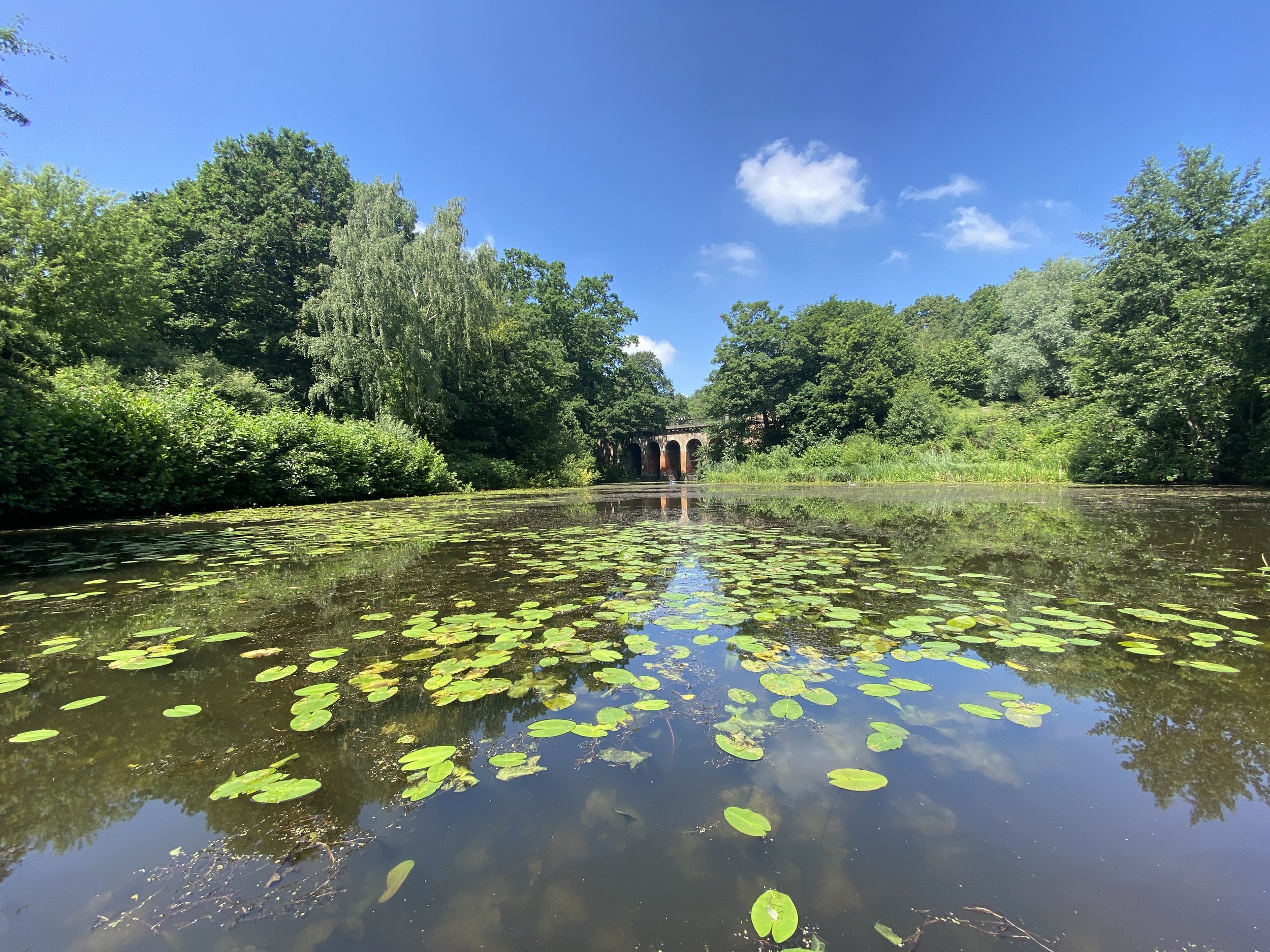Hampstead Heath’s wetlands
Today is World Wetlands Day. This is an annual event held every 2nd February, and is an appeal to save the world’s wetlands from disappearing and to restore those we have degraded. For more information about the campaign, visit here.
Hampstead Heath’s Viaduct Pond
Wetlands are immensely important in terms of biodiversity
Luckily, on Hampstead Heath, we are blessed with a variety of water bodies, wetland habitats and watercourses that provide wildlife (and people!) with a variety of benefits. With over 30 major ponds wetlands make up a significant part of the Heath’s landscape. Sensitive management maximises their value for people and wildlife, with greatest biodiversity found around the margins and pond edges. Submerged aquatic plants, and a mixture of emergent and marginal plants support amphibians and insects, while recent planting and creation of new wetland areas will increase biodiversity.
We’re also lucky to have two bog areas on our green spaces, which are of crucial importance for locally rare plants and mosses. Recent conservation work with English Heritage and the London Natural History Society has been ongoing to enhance the bog in Kenwood’s West Meadow, with our volunteers donning their wellies and treading carefully as they work in these sensitive areas.
In addition to work on our bogs, our Conservation volunteers have been working hard over recent years with the Heath’s Rangers to improve water quality and control invasive plant species like Himalayan balsam. As you can see below this particular plant can grow to an immense size and outcompete other wetland and woodland plants.
A particularly tall Himalayan Balsam plant!
More balsam pulling on Hampstead Heath
To complement our conservation work, our wildlife monitors carry out regular ecological surveys on the Heath to gather data on our wildlife species, in particular those that depend on our wetland habitats. One prime example of these is the grass snake, which relies on our riparian habitats as a source of food and is an excellent swimmer, as can be seen in the video below.
Finally, our programme of wetlands work on Hampstead Heath also includes an educational aspect: our volunteer Wildlife Interpreters regularly engage visitors about wetland wildlife and biodiversity and we have recently been developing free educational resources that will soon be available on our website, in addition to recent guided walks for the public to discover more about the Heath’s wetlands and watercourses.
This programme of work particularly focuses on the Fleet River, which flows through Hampstead Heath, and our thanks go to Thames Water, who have funded some of our conservation and educational work related to the Fleet.
Guided walk on the River Fleet on Hampstead Heath
If you want to get involved and support our conservation work along our watercourses like the Fleet Stream why not join as a Friend, donate to our wildlife habitats appeal, or sponsor one of our grass snake (our dedicated wetland specialist!) homes on Hampstead Heath. You can also look out for our upcoming guided nature walks and other events on the heath.




